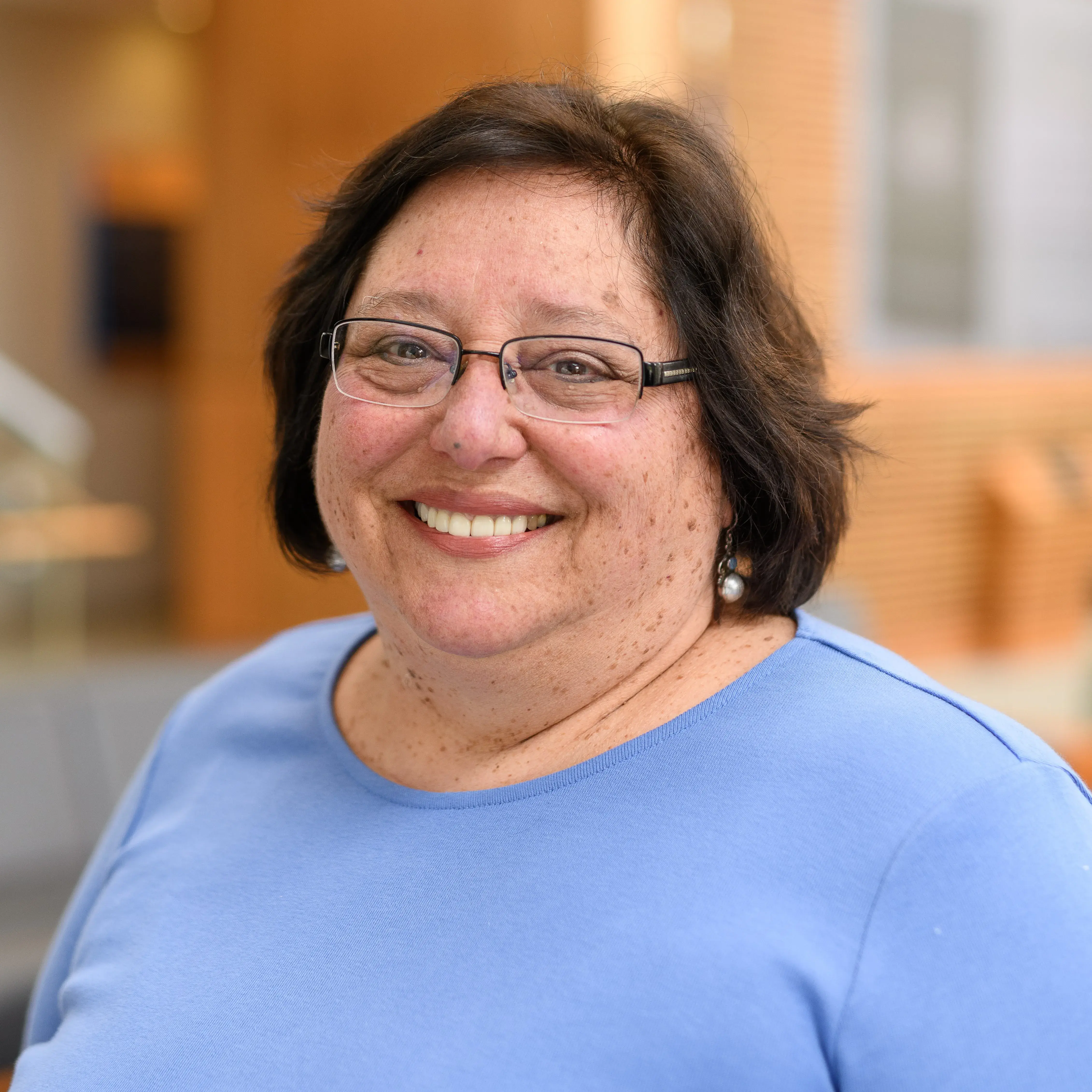My laboratory’s research focus is drug discovery in the field of neuropharmacology, specifically the development of novel treatments for psychostimulant drug abuse. Drugs within the psychostimulant class investigated include nicotine, amphetamine, methamphetamine and cocaine. Novel analogs are synthesized by our collaborators, and, their mechanism of action is elucidated in my laboratory. The ability of these novel drugs to modulate dopaminergic neuronal function is a focus as the dopaminergic system has been implicated in reward and reinforcement obtained during self-administration of drugs of abuse. Techniques employed in this regard include dopamine release, dopamine metabolism and dopamine reuptake or clearance using rodent brain slices, synaptosomes and synaptic vesicles, dopamine transporter trafficking (cellular localization), dopamine autoreceptor function, as well as heterologous modulation by other neurotransmitter receptors. Dopaminergic presynaptic terminal function in striatum, nucleus accumbens and subregions of frontal cortex is primarily studied. We also study the effects of our novel compound’s using cultured cells expressing specific neurotransmitter receptors and transporters. Whole animal models are also used to study the pharmacological effects of the psychostimulants and of the lead compounds (potential therapeutic agents) using in vivo voltammetry and microdialysis. Lead analogs from the neurochemical assays are tested to determine their effects on behavior using whole animal models, includding locomotor activity assays, specifically to determine if they block the stimulant effects of these abused drugs. Promising leads are tested using operant behavior to determine if they decrease intravenous self-administration of the stimulant drugs of abuse, reinstatement of drug seeking following extinction of self-administration, as well as their effects on measures of impulsivity including delay discounting and cued go-no go. In another important ongoing project, the role of genetic factors and environmental factors as determinants of individual responsiveness to drugs of abuse and as determinants of an individual’s potential for abuse liability are evaluated. Another important project is focused on determining if adolescents with ADHD have greater vulnerability to cocaine addiction as a consequence of treatment with stimulant and non-stimulant ADHD medications and determining the underlying neurochemical mechanism of this increased vulnerability. A more recent focus is the elucidation of the role dopamine reward mechanisms in chronic consumption of high fat diets leading to obesity and evaluation of the reversibility and prevention of the effects of high fat diets by environmental enrichment and/or exposure to a low fat diet. The latter obesity research is complemented by our previous focus on understanding presynaptic dopaminergic function and the discovery and development of lead compounds and candidate therapeutics for the treatment of drug abuse.
Linda Dwoskin, PhD
Professor and Senior Associate Vice President for Research, Special Projects
Dr. Dwoskin is an Endowed Professor in Pharmaceutical Education at the University of Kentucky College of Pharmacy. She received her B.S. (1974) in psychology from Syracuse University, and Ph.D. (1983) from the Department of Pharmacology at the University of Minnesota. She was a postdoctoral fellow in endocrinology at the Oregon Health Science Center and in the Department of Pharmacology at the University of Colorado Health Science Center.
Dr. Dwoskin joined the faculty at the University of Kentucky in 1988 as an assistant professor. She currently holds several other academic appointments including: professor, Department of Behavioral Sciences; adjunct faculty, University of Kentucky Graduate Center; associate, University of Kentucky Center on Drug Abuse Translation; associate, Multi-disciplinary Research Center on Drug and Alcohol Abuse; and associate, Center of Membrane Sciences.
Dr. Dwoskin has been awarded the University of Kentucky Wethington Award for Meritorious Performance in Research (2002-2016). She was chosen in 2005-2006 for a University Research Professorship, recognizing her outstanding research and her distinguished record of achievement in her field.
Her research has resulted in over 249 peer-reviewed research articles, 352 abstracts of research presentations and 110 patents and patent applications. Dr. Dwoskin's major research focus is drug discovery in neuropharmacology, i.e., the development of novel therapeutic candidates for the treatment of psychostimulant abuse, specifically for nicotine and methamphetamine abuse. In particular, her focus is the design and discovery of subtype-selective neuronal nicotinic receptor antagonists as novel tobacco smoking cessation agents and of modulators of vesicular monoamine transporter function as novel treatments for methamphetamine abuse. In her collaborators labs, promising therapeutic candidates are also tested in locomotor activity assays and drug discrimination assays to determine if they inhibit the stimulant effects and interoceptive cues associated with psychostimulant use, as well as in intravenous self-administration assays to determine if they inhibit the rewarding effect of these drugs of abuse.
Another focus of Dr. Dwoskin's research is to determine the role of environmental and genetic factors as determinants of individual responsiveness to drugs of abuse and as determinants of an individual's potential for abuse liability. Using an animal model, the relationship between dopaminergic function (release, reuptake and metabolism) in striatum, nucleus accumbens, medial prefrontal cortex and orbital prefrontal cortex and an individual's behavior in novelty-seeking, psychostimulant self-administration and delay-discounting assays are evaluated as predictors of an individual's responsiveness to drugs of abuse. Several drugs discovered in her laboratory at the University of Kentucky are currently in various phases of clinical development.
Dr. Dwoskin has graduated 1 Ph.D. student and 1 graduate student in her laboratory currently. She has trained 20 postdoctoral fellows in her laboratory.
Interests
Education & Appointments
Education:
- PHD Univ Of Minnesota
- BS Syracuse University
Positions:
- Professor, Department of Pharmaceutical Sciences
- Associate Dean, Research
- Professor, Department of Behavioral Sciences, University of Kentucky, Lexington, Kentucky; Dr. Carl G. Leukefeld, Chairman
- Associate, Center for Membrane Sciences, University of Kentucky, Lexington, Kentucky; Dr. Dibakar Bhattacharyya, Director
- Professor, Department of Pharmaceutical Sciences, College of Pharmacy, University of Kentucky, Lexington, Kentucky; Dr. Joseph Chappell, Chairman; Dr. Kip Guy, Dean
- Associate, Center on Drug and Alcohol Research, University of Kentucky, Lexington, Kentucky; Dr. Carl G. Leukefeld, Chairman
- Associate, Associate, Center on Drug Abuse Research Translation, University of Kentucky, Lexington, Kentucky; Dr. Michael T. Bardo, Director

